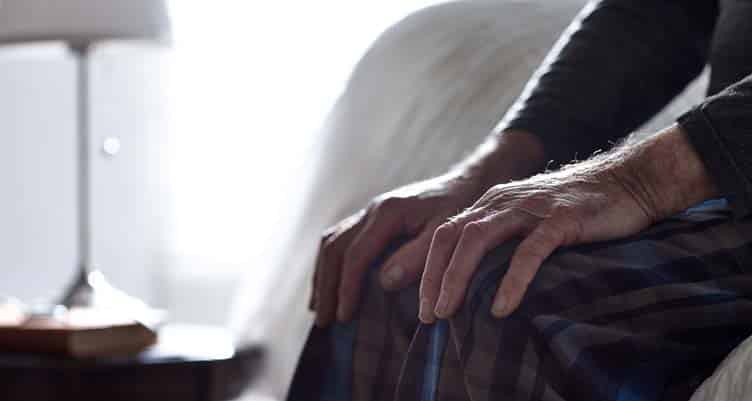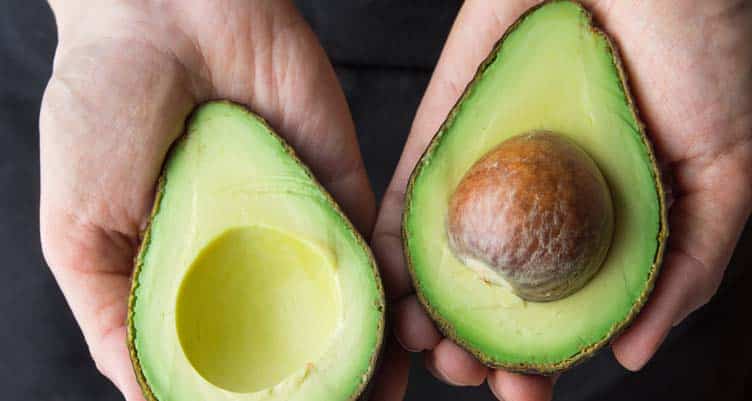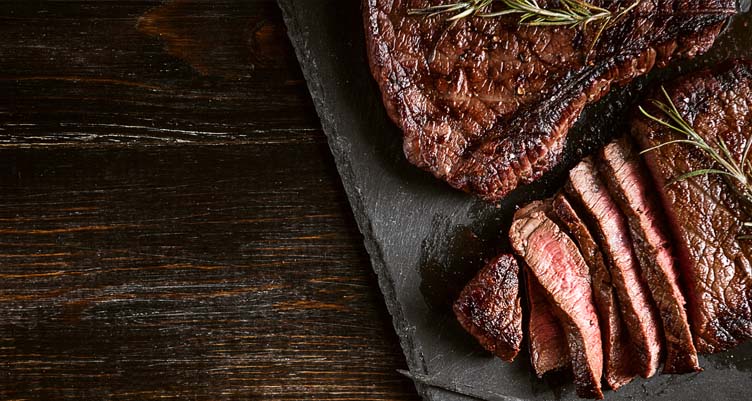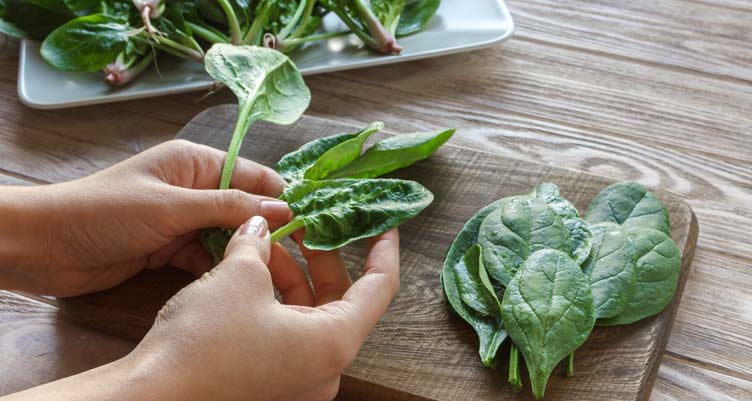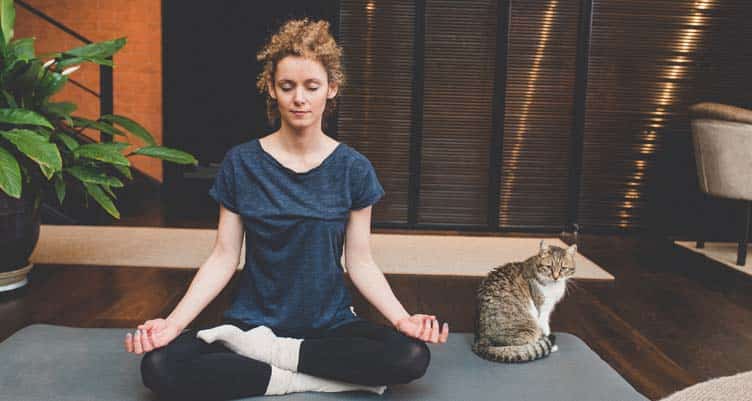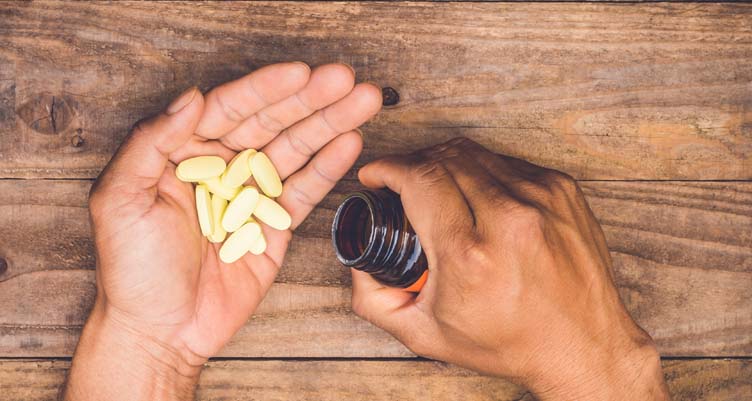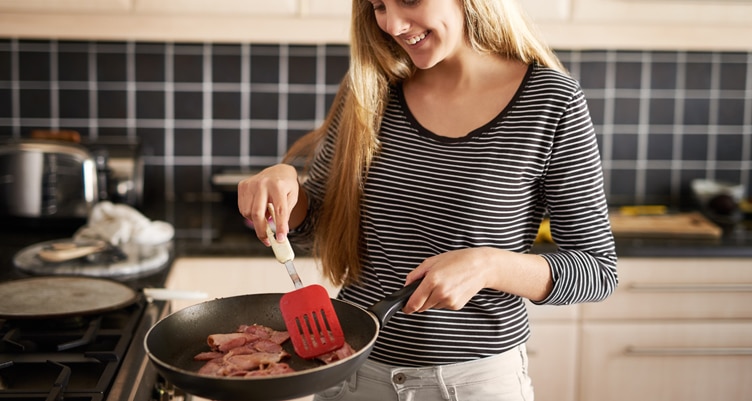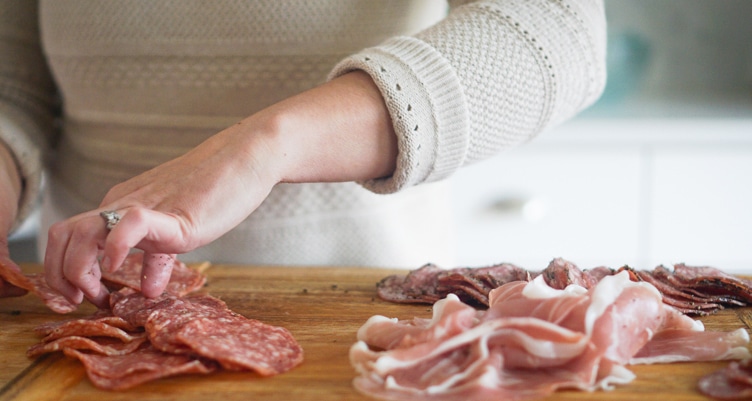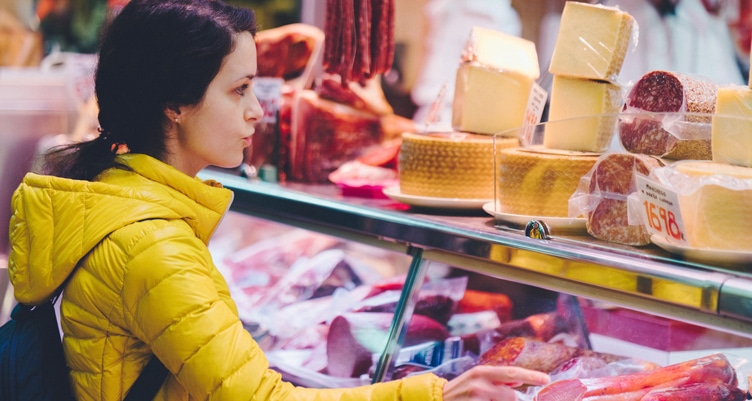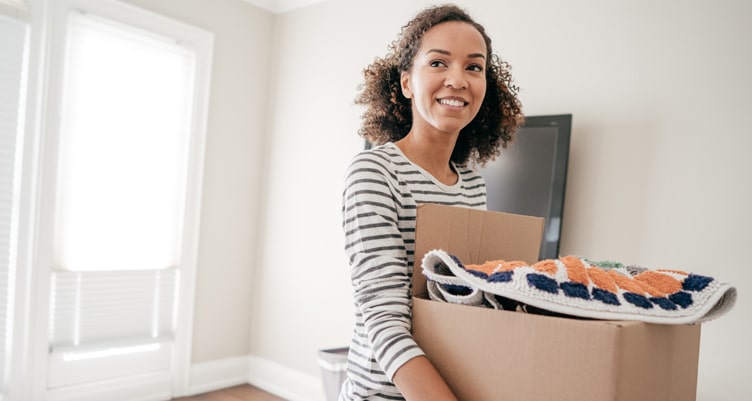- Usually, when your cells get old or damaged, they self-destruct, making way for shiny new cells. But there are some cells that refuse to die. These death-resistant cells, called “senescent cells,” build up in your organs and can lead to premature aging and disease.
- Senescent cells contribute to inflammation, aging, cancer, arthritis, cognitive decline, and more. Removing them can increase lifespan and improve your overall cellular function.
- The good news is that there are several ways you can clear out built-up senescent cells and turn back the clock on aging. Read on for the best anti-senescent supplements.
If you think back to high school biology, you may remember the term “apoptosis.” Apoptosis is when your old or damaged cells destroy themselves, to make room for shiny new cells. Apoptosis is essential for healthy aging; you want the freshest, best versions of your cells at all times to make sure your body’s running the best it possibly can.
However, there are some cells that refuse to die. These death-resistant cells, aka “senescent cells,” refuse to self-destruct when they’re worn out. Instead they gradually accumulate in your organs as you get older, which can lead to premature aging and disease.
This article is going to cover cellular senescence, why it matters for anti-aging, and how you can get rid of youth-robbing senescent cells to keep your body running smoothly.
Download this Bulletproof 30-Day Upgrade to supercharge your body and mind
What is cellular senescence?

Senescent cells are like zombies: they die, but they don’t disappear like normal cells do. Senescent cells no longer divide or function properly. They literally become dead weight in your organs, clogging up your system and triggering inflammation.
Over time, you build up more and more senescent cells, causing cumulative damage that drives aging. There are a few different kinds of senescent cells:
- Senescent immune cells make you age particularly quickly. When you get a cut or infection, your immune cells rush to the scene and start dividing so there are plenty of them to help you heal quickly. When your body is running properly, your immune cells die off as soon as the damage heals. But senescent cells stick around, inhibiting your immune system’s ability to respond to future threats. Researchers think that cellular senescence in immune cells is a major reason why older people often have weak immune systems.
- Senescent connective tissue contributes to arthritis and joint inflammation. In fact, injecting senescent cells into your knees can actually cause arthritis, and removing them gets rid of arthritis.
- Senescent mitochondria are perhaps the worst type of senescence. Your mitochondria are the powerhouses of your cells — they provide all the energy that runs your body. Senescent cells like to accumulate in dysfunctional mitochondria, driving further dysfunction and shutting off your body’s power supply. The result is senescence-associated mitochondrial dysfunction (SAMD), a major driver of aging.
How senescent cells impact aging

There are a few different reasons you age. Oxidative stress is a big one — it creates inflammation that damages your cells and increases your risk of most major diseases, particularly age-related ones.
Cellular senescence seems to be another cause of aging. As senescent cells build up in your cells, they secrete pro-inflammatory proteins that sabotage your healthy cells, cause widespread damage, compromise your immune system, decrease your energy production, and even increase cancer risk.
Researchers who controlled for all known causes of inflammation in aging found that you still get more unexplained inflammation as you age. The leading theory is that cellular senescence is the culprit.
And considering recent research found that killing off senescent cells in mice extended their lifespan and restored organ function, senescent cells seem like a particularly attractive target for slowing down aging and improving your performance.
How to stop senescent cells and slow down aging

The good news is there are several natural and pharmaceutical compounds you can use to kill senescent cells and turn back the clock on aging. Here are a few of my favorites:
- Metformin is a prescription diabetes medication that’s become popular in the anti-aging community, even in people without type II diabetes. That’s because metformin has powerful positive effects on aging and age-related disease. Metformin fights cancer and increases lifespan in both rodents and human cells by reducing senescence. I’ve been taking metformin for about five years, as have most of the people I know in the anti-aging community. The one thing to note is that metformin depletes vitamin B12, so you’ll want to either cycle on and off of metformin or double down on a quality methyl B12 supplement. You’ll need a prescription for metformin.
- Fisetin is a natural polyphenol found in seaweed and strawberries. Fisetin destroys senescent cells and increases lifespan by 10% in rodents, and there’s currently a clinical trial going on to see if that benefit extends to humans. Even if it doesn’t, fisetin is a powerful antioxidant that protects your brain from stress and it’s worth taking. You can read more about the benefits of fisetin here.
- Piperlongumine is an extract of long pepper root, a member of the pepper family native to India. Piperlongumine kills senescent cells and may extend lifespan. Research on piperlongumine is still in its early stages, but you can find supplements online and experiment yourself. You’ll often find piperlongumine by its traditional name, pippali.
No one knows if you’re better off taking senescent removers early on in life — say, starting in your twenties. If I could go back to 25, I would take anti-senescent agents every six months, and start taking them every quarter once I hit my mid-thirties. This is still a fairly new area of anti-aging research, but if you’re young, it seems like a good idea to keep senescent cells from accumulating in your organs. If there’s one thing I’ve learned about aging, it’s that it’s much easier (and cheaper) to prevent it than to reverse it.
